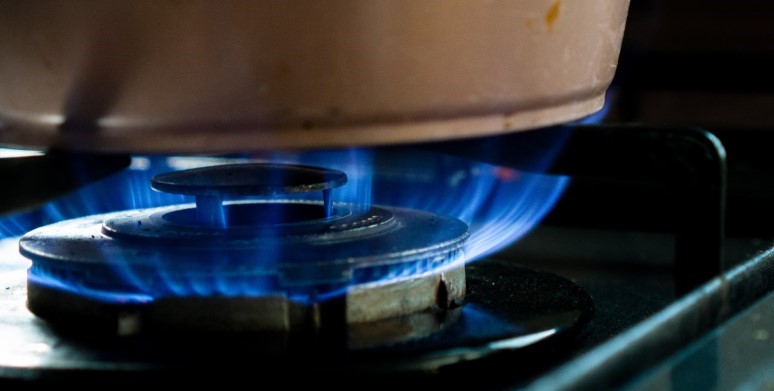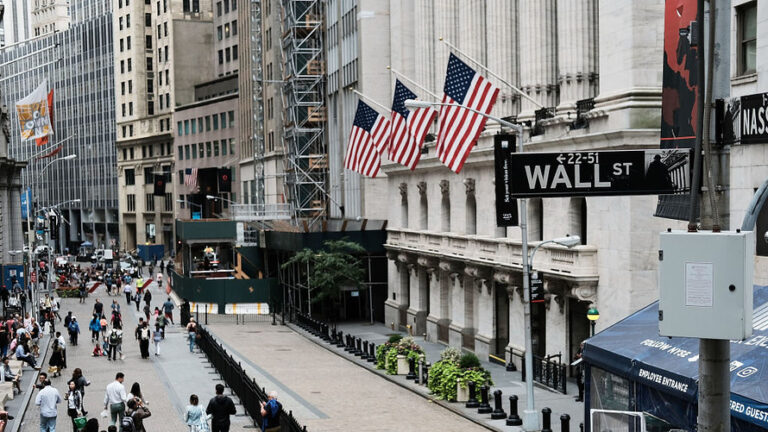
Gas Price Continues to Rising Due to Persistent Drought and Low Rivers
The gas price in Europe continues to rise due to the ongoing drought. In addition, very low water levels in rivers make transporting fuels such as diesel and coal difficult. This makes gas an exciting alternative.
The water level in the Rhine at a shallow measuring point west of Frankfurt is likely to remain at the critical level of 30 centimeters for a few days this week, data from the German government has shown. Below this level, it is no longer profitable for inland vessels to sail because they can then carry much less cargo. The river is the most important in Western Europe for transporting fuel and other industrial goods.
European governments are trying to save gas to prevent shortages next winter. The new demand has not yet led to a reduction in the accumulated stocks. Germany even achieved one of its targets in this area two weeks ahead of schedule. The import of liquefied natural gas is going well, ensuring that price increases are limited.
The gas price on the leading Amsterdam gas exchange rose by 0.4 percent on Monday morning to about 207 euros per megawatt hour. The price has risen sharply since Russia announced late last month that gas supply through the Nord Stream pipeline would be halved to 20 percent of normal volume. As a result, the price rose above 190 euros per megawatt hour for the first time since March.


